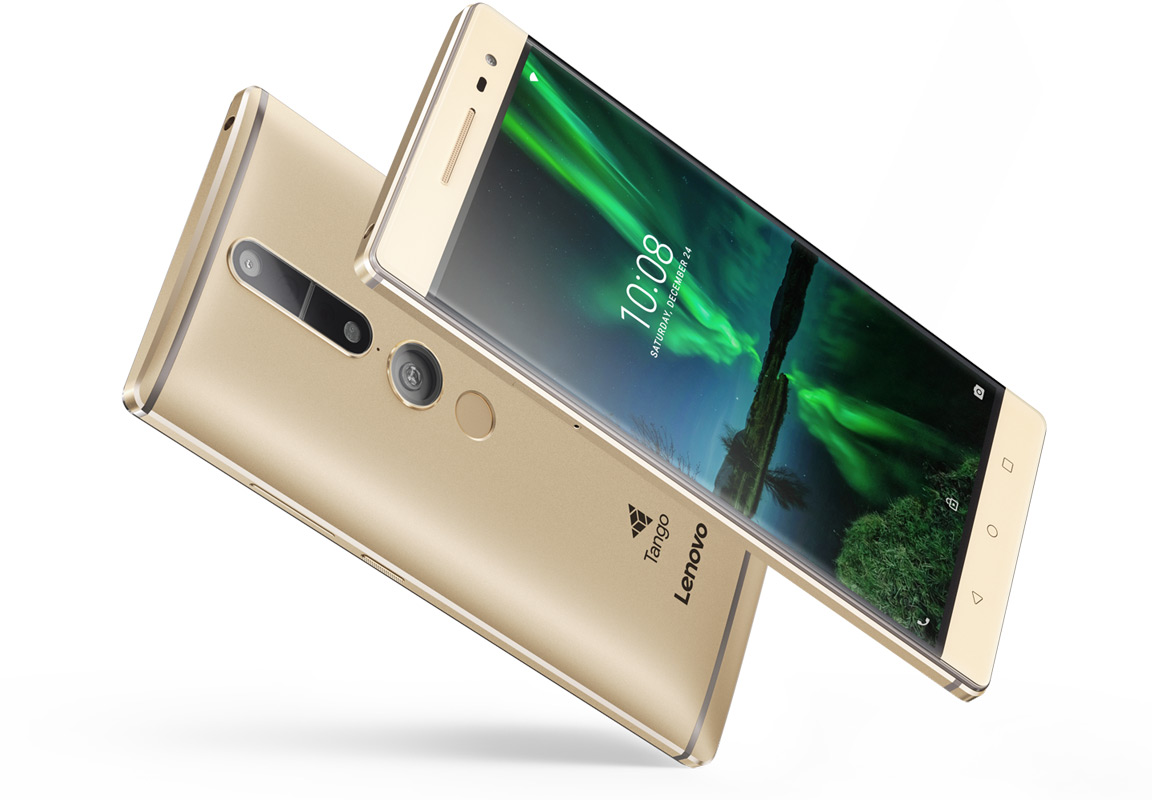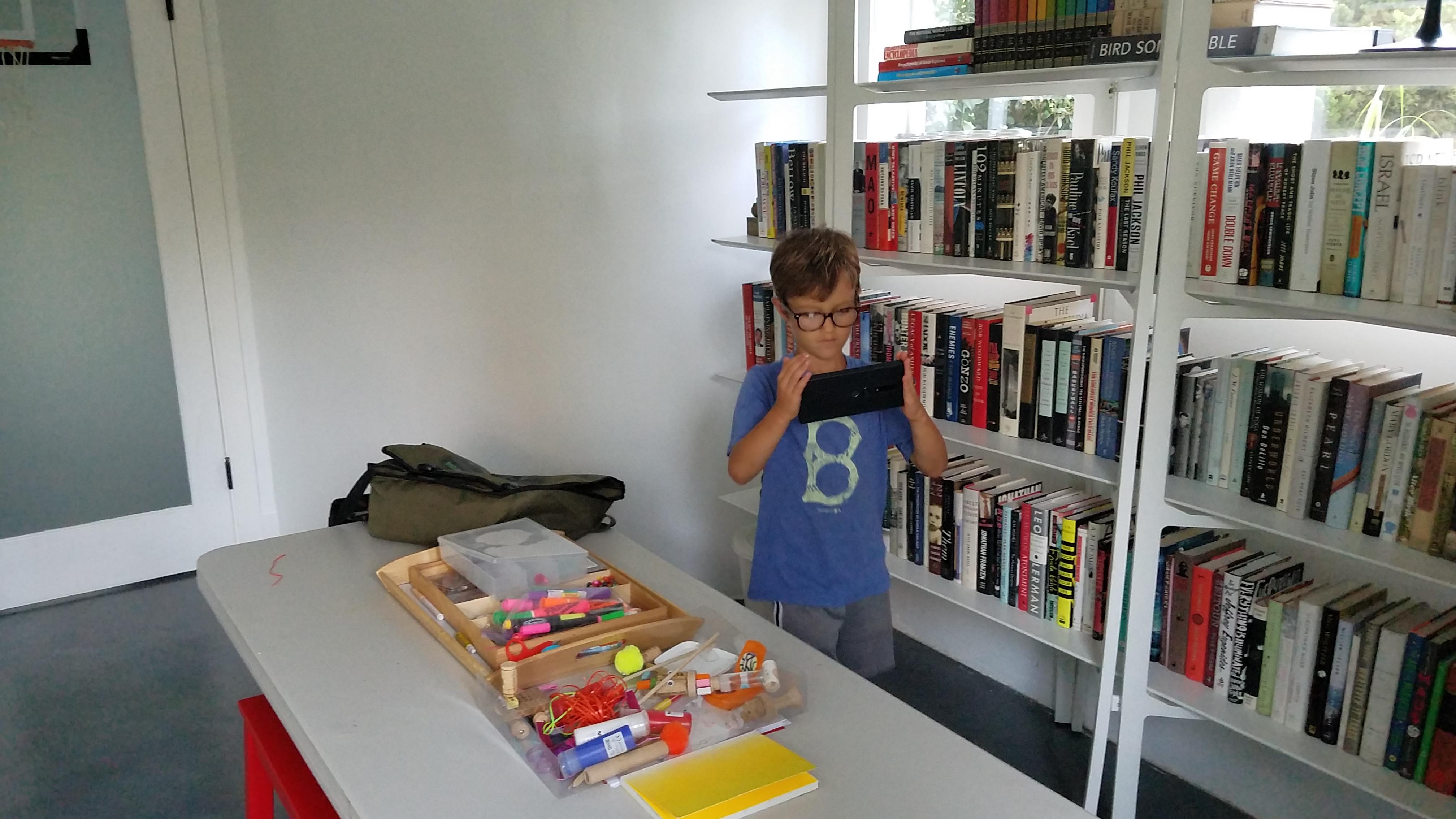Many years ago, I heard Doug Carlston, CEO of Broderbund, talk about his approach to product development. I listened avidly, given that Doug was a much admired leader of the leading PC consumer software company at the time, publisher of Carmen Sandiego, Myst, Kid Pix, Printshop, and many other products that I loved.
What really struck me was Doug’s emphasis on the last 10% of product development, the “polish” phase. “It’s really hard. By this time your team is exhausted, everyone just wants to get the product finished and out the door and get their life back.” But, he went on to say, “This is exactly the time that everyone’s energy and commitment is most critical. Just when the team has the least to give, that’s when they need to give the most.”
 I often think about what Doug said, especially now that we are in the polish phase with Crayola Color Blaster. This is Legacy’s first augmented reality game, to launch at the same time as the Lenovo Phab 2 Pro, the first Google Tango device to enter the market. We just passed our beta milestone, and have about 6 weeks to finish a game that I have fallen in love with. What’s left to do? Feels like everything, examples below.
I often think about what Doug said, especially now that we are in the polish phase with Crayola Color Blaster. This is Legacy’s first augmented reality game, to launch at the same time as the Lenovo Phab 2 Pro, the first Google Tango device to enter the market. We just passed our beta milestone, and have about 6 weeks to finish a game that I have fallen in love with. What’s left to do? Feels like everything, examples below.
- Voice overs and sound – Need to balance sound levels, adjust timing and conditions of voice input, add new music at dramatic moments, etc.
- Beginning and ending of the game – Need title sequences, credits, celebration at game conclusion, promotion of next game chapter (coming 2017)
- Disaster recovery/help – It’s new technology, and predictably, doesn’t work every time. What is the user experience when that happens?
All of these and more “polish” items are underway at the same time that our game is going through massive quality assurance and useability testing. Crayola Color Blaster is designed for ages 6+ and designing any app for children, much rather one for a technology that hasn’t even been released yet, has special challenges. Here are just a few of the things we have learned so far in testing.
- The specific Tango device we are designing for is a cross between a phone and tablet. The 3D and infrared cameras are located on the upper back. We originally designed our game for landscape mode, but discovered quickly that many kids inadvertently cover the cameras with their fingers when tapping the screen to blast the zombies with color. We had to redesign the interface and gameplay to adapt to however the child chooses to hold the phablet in their hands, either landscape OR portrait.

- One of my favorite features of Crayola Color Blaster is that it is a “walk around” game. You are constantly moving, trying to stay away from the zombies so they don’t “crunch” your color and, if they do, finding paint buckets to suck up new color. This all works well assuming there is at least a 10’ x 10’ clear space in which to spawn new virtual zombies and ambient 3D graphics like flowers and rocks. But what about other environments without the requisite space? We had to design an “Endless Arcade” mode, in which the zombies come toward you from every direction, and you simply need to turn in a circle in order to color blast them.
Quality assurance in general is considerably more complicated with an augmented reality style game, given that it needs to play correctly even as it plays differently, depending on the physical environment. We’ve played the game everywhere we can think of, from elevators (my favorite) to basements to closets. Even so, I’m confident that many enterprising 8 year olds will foil our best testers, see below.

It must be obvious by now that my wonderful team members and I will be very busy for the next few weeks, trying to add the level of polish that our first Tango game needs and deserves. I see many late nights ahead of us. Wish us luck!
